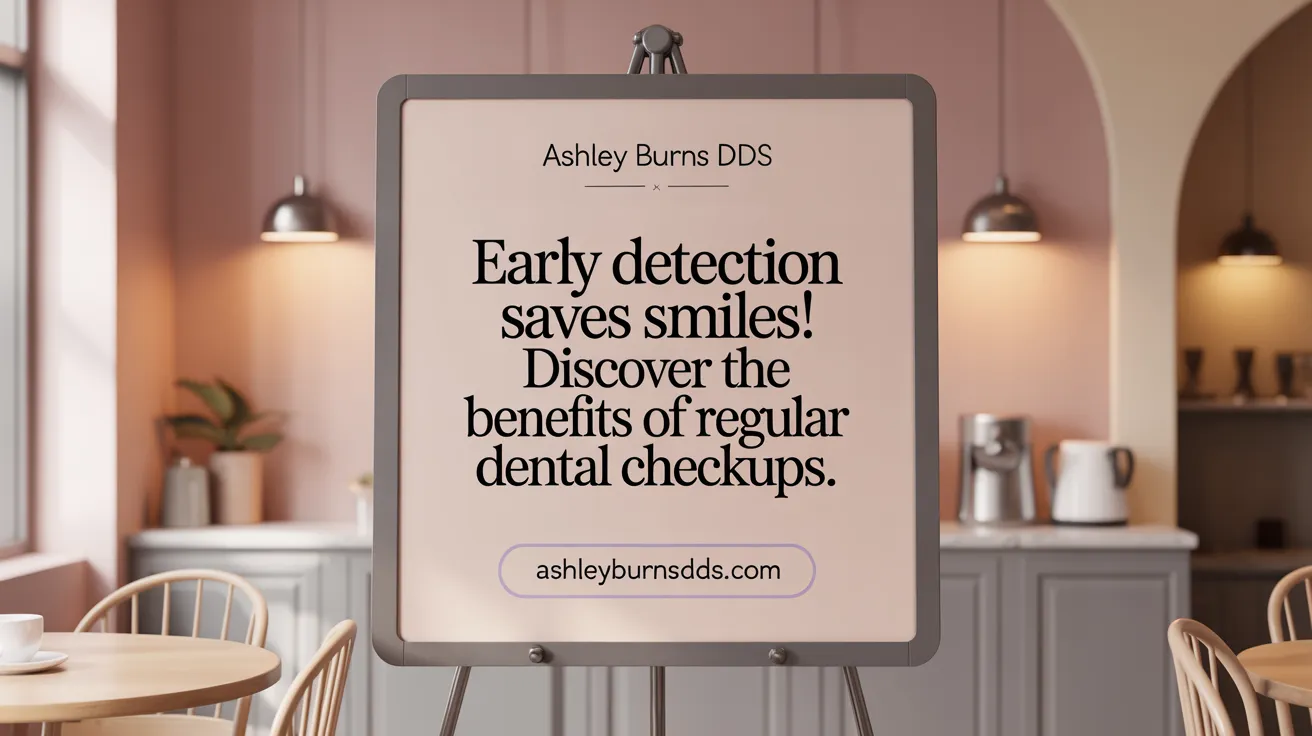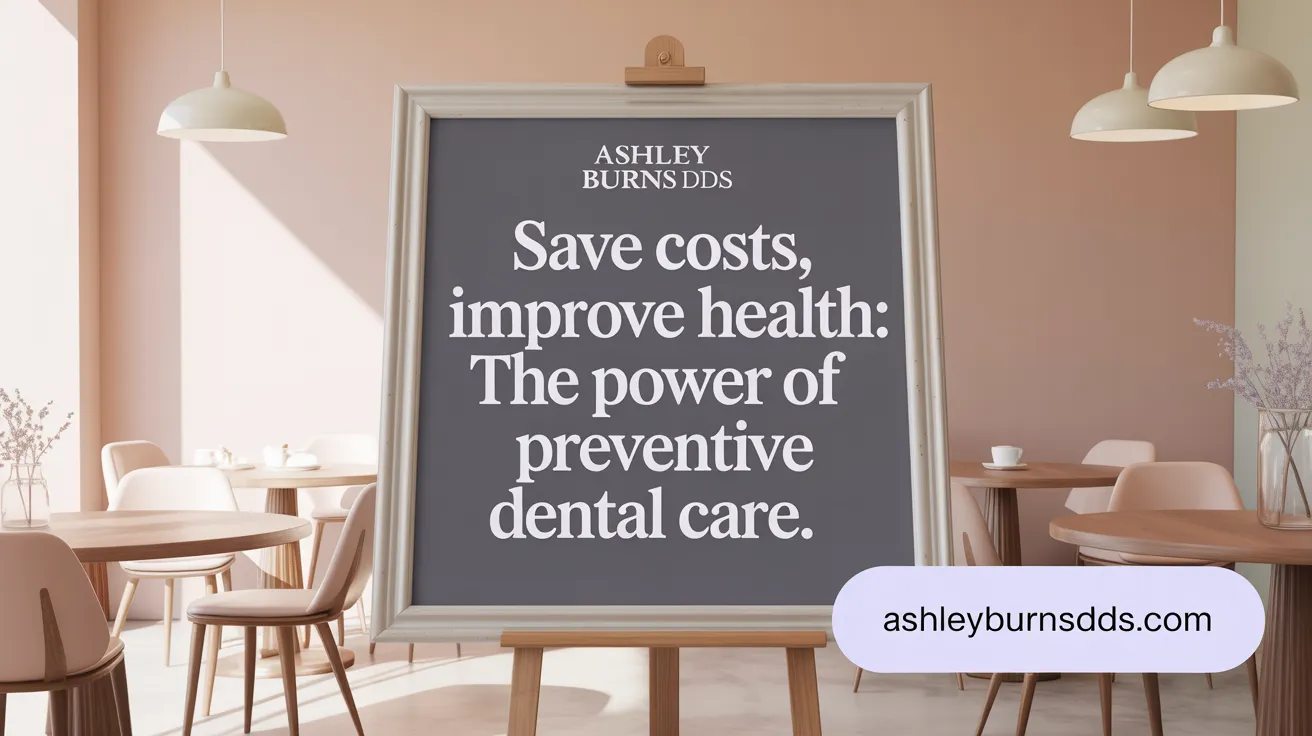Understanding the Importance of Routine Dental Checkups
Routine dental checkups play a pivotal role in maintaining oral health, preventing disease, and supporting overall well-being. They offer the opportunity for early detection of common oral health problems such as cavities, gum disease, and oral cancer, which when caught early, can be treated more effectively and less invasively. Despite the strong evidence supporting regular dental visits, attendance rates, especially among older adults, remain suboptimal due to barriers like cost and access. This article explores how consistent dental care reinforces good hygiene practices, improves quality of life, and prevents severe oral diseases, emphasizing the critical role of these visits across all age groups.
The Preventive Power of Routine Dental Checkups

What are the key benefits of regular dental checkups in preventing oral diseases?
Regular dental checkups are essential for catching oral health problems like cavities, gum disease, and oral cancer early. Early detection through routine exams allows for timely and less invasive treatments, preventing severe issues from developing. During visits, professional cleanings remove plaque and tartar that daily brushing and flossing cannot eliminate, reducing risks of tooth decay and gum inflammation (importance of regular dental visits, dental cleanings overview, Preventing Dental Disease).
How do professional cleanings contribute to oral health?
Professional dental cleanings effectively remove hardened plaque (tartar) and bacteria that build up even with diligent at-home care. This process helps prevent gum disease, freshens breath, and maintains a healthy mouth environment (Dental cleanings overview, Benefits of regular dental check-ups, Oral Hygiene).
What diagnostic technologies are used in dental exams?
Modern dental exams utilize tools such as digital X-rays and intraoral cameras. These technologies allow dentists to detect issues not visible to the naked eye, like cavities between teeth, bone loss, or early signs of oral cancer, improving diagnostic accuracy and treatment outcomes (Regular dental checkups, Digital X-rays in dentistry, Dental exam overview).
How often should dental visits occur?
Most dental professionals recommend routine visits every six months. However, some individuals with higher risk factors—such as diabetes, smoking, or pregnancy—may need more frequent checkups to monitor and maintain optimal oral health (Dental visit frequency guidelines, Biannual dental checkups, Periodic dental control benefits for elderly).
How is oral health linked to overall health?
Maintaining good oral health through regular checkups lessens the risk of systemic diseases linked to oral infections and inflammation. Conditions such as heart disease, diabetes complications, and respiratory infections have been connected to poor oral health, making routine dental care vital for overall wellness (Oral health and overall health connection, Oral health and systemic disease, Health Benefits of Regular Dental Visits).
Barriers to Regular Dental Attendance and Impact on Vulnerable Groups
Why do some populations attend dental checkups less frequently, and what are the consequences?
Attendance for routine dental checkups decreases significantly with age and is notably lower among elderly and low-income populations. Only about 25% of elderly patients regularly attend dental visits, with attendance dropping further as age increases. Those with higher education levels and incomes tend to visit dentists more consistently (Periodic dental control benefits for elderly, Dental visits and income levels).
Several barriers contribute to this irregular attendance. Financial constraints are a major factor, as many in vulnerable groups lack affordable dental insurance or sufficient income to afford care. Accessibility issues, especially for rural residents, also limit visits, along with prior unpleasant dental experiences that cause fear or anxiety. Moreover, some individuals do not perceive a need for preventive dental care unless experiencing pain (Barriers to dental care for elderly patients, Dental insurance and preventive services).
These obstacles have tangible effects on oral health. Elderly patients with irregular dental attendance often show poorer oral hygiene habits, such as infrequent brushing or lack of knowledge about toothpaste use. They experience a higher prevalence of periodontal disease and untreated dental caries, leading to complications like inflammatory hyperemia and acute apical periodontitis. Consequently, irregular attendees are more likely to seek emergency treatments, including tooth extractions, rather than regular prophylactic care (Relationship between dental attendance and periodontal disease, Preventing oral diseases).
Conversely, those maintaining regular dental visits benefit from better oral health outcomes. They report fewer oral health problems that interfere with eating, have fewer missing teeth due to decay, and tend to use less medication for dental pain. Regular attenders often demonstrate superior dental hygiene practices, such as brushing twice daily and changing toothbrushes regularly (Dental hygiene practices among regular dental attendees, Proper oral hygiene techniques.
Overall, the disparities in dental visit frequency linked to socioeconomic status and age suggest the need for targeted strategies to improve access and education. Enhancing dental coverage, reducing financial barriers, and promoting preventive care awareness could help vulnerable groups maintain better oral health and quality of life (Preventive dental care importance in elderly, Community oral health initiatives.
The Role of Professional Dental Cleanings and Examinations

How do professional cleanings and exams during dental checkups help prevent oral diseases?
Professional dental cleanings play a crucial role in maintaining oral health by removing plaque and tartar buildup that ordinary brushing and flossing cannot eliminate. These procedures, which include prophylaxis (preventive cleaning) and scaling, target hardened deposits known as tartar, preventing cavities, gingivitis, and progression to periodontal disease (Dental cleanings overview, Preventive Dentistry).
Dental examinations are comprehensive, assessing teeth, gums, tongue, and other oral tissues to identify issues such as cavities, gum inflammation, and early signs of oral cancer. X-rays are an important diagnostic tool used during these exams to reveal hidden decay, bone loss, cysts, or impacted teeth that are not visible during the visual inspection (Dental exam overview, Dental checkups prevent cavities).
Oral cancer screenings are a critical component of routine exams. Early detection through these screenings drastically improves treatment outcomes and survival rates. Dentists also evaluate soft tissues of the mouth to check for abnormalities or suspicious lesions (Oral cancer screening, Oral Cancer Screenings).
During checkups, dentists offer personalized advice tailored to each individual’s oral health needs and risk factors. This includes guidance on proper brushing and flossing techniques, dietary recommendations to reduce sugar intake, and strategies to manage harmful habits like smoking or teeth grinding. This personalized approach supports effective long-term prevention and reinforces good oral hygiene practices (Good oral hygiene practices, Oral health and overall health connection).
By combining professional cleanings, advanced diagnostic exams, oral cancer screenings, and custom preventive advice, routine dental visits significantly reduce the risk of oral diseases and contribute to overall health and well-being (The importance of regular dental visits, Benefits of Regular Dental Visits.
Oral Hygiene Practices Supported by Routine Dental Care
What oral hygiene practices do dentists recommend during routine checkups to prevent oral diseases?
Dentists strongly recommend brushing teeth twice daily, spending about two minutes each time, using fluoride toothpaste and a soft-bristled toothbrush angled at 45 degrees toward the gums. This technique helps remove plaque effectively without damaging gum tissue (oral hygiene best practices, Oral Hygiene).
Flossing once a day is equally important to clean between teeth where a toothbrush cannot reach. Some patients may also benefit from interdental brushes, floss holders, or water flossers to enhance plaque removal (oral hygiene best practices, Good oral hygiene practices.
The use of antibacterial, alcohol-free mouthwashes can further reduce harmful bacteria and plaque buildup, contributing to healthier gums and fresher breath (oral hygiene best practices.
Besides daily practices, dentists advise maintaining a balanced diet low in free sugars and avoiding tobacco and excessive alcohol consumption. Staying hydrated supports saliva flow, which naturally protects teeth and gums (oral hygiene and overall health, Good oral health benefits.
Routine dental visits allow dental professionals to create personalized oral health routines. They assess individual risk factors like smoking, vaping, teeth grinding, or specific dietary habits and provide targeted advice to manage these issues effectively (importance of regular dental visits, Routine dental checkups).
Importantly, good oral hygiene does more than protect your mouth—it reduces inflammation and risks linked to systemic diseases such as cardiovascular disease, diabetes complications, and adverse pregnancy outcomes, underscoring the role of oral health in overall well-being (oral health and overall health connection, Oral health and systemic conditions).
Economic and Public Health Benefits of Preventive Dental Care

How do routine dental checkups contribute to economic savings and public health?
Routine dental checkups play a crucial role in reducing overall dental care costs by enabling early detection and treatment of oral health issues. Preventive care avoids extensive restorative procedures and emergency dental visits, which are often costly and more invasive. This approach saves both individuals and healthcare systems significant expenses.
Community prevention programs further enhance these economic benefits. For example, water fluoridation is a highly cost-effective public health measure, offering an average return of $20 for every $1 spent by reducing tooth decay and curbing the need for expensive treatments. Additionally, school-based dental sealant programs effectively prevent cavities in children, especially those from low-income families, generating millions in cost savings by decreasing the incidence of dental caries.
Beyond direct treatment costs, untreated oral diseases contribute to substantial economic losses through missed work and school days—over 34 million school hours and 92 million work hours annually in the U.S.—and more than $45 billion in lost productivity. These impacts are documented in dental visit statistics and oral health economic studies.
Strategies to improve access to dental care are vital to maximizing these economic and health benefits. Expanding the roles of dental hygienists and other providers, increasing dental insurance coverage, and implementing public health education campaigns help bridge gaps in care availability, as detailed in CDC oral health prevention strategies. These approaches promote earlier, routine dental visits, reduce disparities among vulnerable populations, and ultimately lessen the financial and social burdens of oral diseases on communities and the healthcare system.
Long-Term Oral Health Outcomes Linked to Routine Dental Visits

What evidence supports the lasting benefits of routine dental checkups on oral health?
Longitudinal research consistently shows that individuals who maintain routine dental attendance benefits from adolescence into adulthood enjoy significantly better oral health outcomes. These patients tend to have fewer dental caries and retain more of their natural teeth compared to those who visit irregularly. Even when socioeconomic and hygiene factors are considered, routine dental attendees report superior self-rated oral health and exhibit fewer decayed tooth surfaces.
Routine dental care plays a vital role in controlling periodontal disease early, which reduces the progression toward tooth loss and limits the frequency of emergency dental treatments. It also facilitates timely interventions to address issues before they become severe (preventive dental care importance, early detection of dental problems).
Moreover, maintaining consistent dental care over different life stages is linked to enhanced quality of life. Regular dental checkups have been associated with less dental pain, fewer eating difficulties due to oral problems, and greater overall satisfaction with one's dental health (Periodic dental control benefits for elderly.
This evidence highlights the importance of early initiation and continuous engagement in preventive dental care to sustain long-lasting oral health benefits.
Sustaining Oral Health through Routine Dental Checkups
Routine dental checkups serve as a cornerstone of oral disease prevention, facilitating early diagnosis, thorough cleanings, and personalized care plans that preserve oral function and aesthetics. By overcoming barriers to access and encouraging consistent dental attendance across all age groups, especially among vulnerable populations, overall oral health and quality of life can be markedly improved. Furthermore, the economic and public health advantages of preventive dental care amplify its importance, reducing costly treatments and systemic health risks related to poor oral hygiene. Embracing regular dental visits is vital not only for maintaining a healthy smile but also for supporting broader wellness throughout life.
